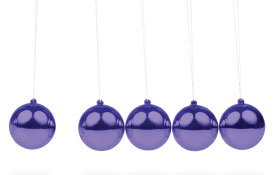The future of payments is ISO 20022: How will you transition?
The changeover from the legacy FIN MT messaging standard to the data-rich ISO MX standard is a positive step forward for all participants in the payments value chain.
It does, however, introduce a number of complications stemming from the significant differences between the two standards. So how are banks approaching this task?
Migration to ISO 20022 is moving at pace. What started off in the Automated Clearing House (ACH) world with the Single European Payments Area (SEPA) is increasingly becoming the de-facto standard for Instant payments (IP) and, in particular, for high value (HV) payments.
Today, many clearing system users and operators recognize the benefit of moving away from proprietary formats to a global standard that facilitates interoperability, rich data and increased automation.
The approach to adoption varies, with one of two models being taken:
- A one-step, or “big bang”, migration
- A multiple-step, or “like-for-like”, migration (where data fields and messages are gradually moved over)
During a period of like-for-like support, only those ISO 20022 fields that correspond to the legacy format are used, which makes the migration simple and safe (this is the approach being taken by CHAPS, for example). Conversely, a big bang approach involves an immediate move to full ISO 20022 support with all the associated benefits (as is the case for TARGET2 and EURO1).
The situation is more complex in the UK, as the country’s planned New Payments Architecture (NPA) covers the transition of multiple retail rails to ISO 20022 alongside that of the Real-Time Gross Settlement (RTGS) system
Download White paper to know more

